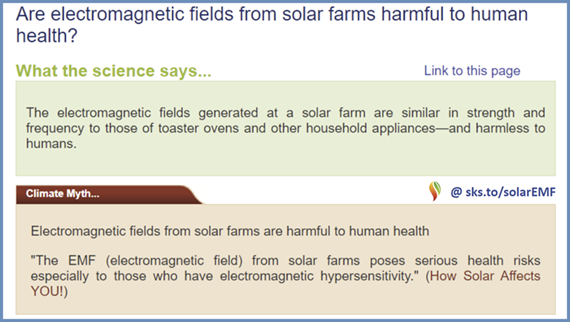Machines, Vol. 11, Pages 634: Fused Filament Fabrication and Injection Moulding of Plastic Packaging: An Environmental and Financial Comparative Assessment
Machines doi: 10.3390/machines11060634
Authors: Cheryl Marie Bezzina Paul Refalo
The drive towards smart and sustainable manufacturing is leading companies to opt for environmentally conscious technologies. This study assesses the environmental and financial feasibility of using additive manufacturing, in this case, fused filament fabrication (FFF), instead of injection moulding (IM) to mass-produce cosmetic plastic packaging. Using a life cycle assessment (LCA), the environmental impacts of the raw material production and manufacturing processes were assessed for both technologies. The results showed that using FFF creates a five times greater environmental impact, with printing energy consumption generating 80% of the impact. Using costing models, the cost per product produced using IM and FFF was evaluated, and the models showed that the raw material costs comprise the highest share in both cases. A net present value (NPV) model over twelve years indicated that the FFF NPV was seventeen times higher than that of IM. When testing for quality, the packages produced using IM were superior overall. This study concludes that FFF is more expensive and environmentally impactful when compared to IM.

 1 year ago
31
1 year ago
31

